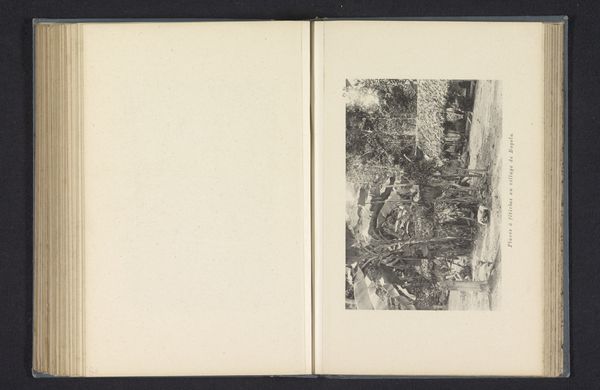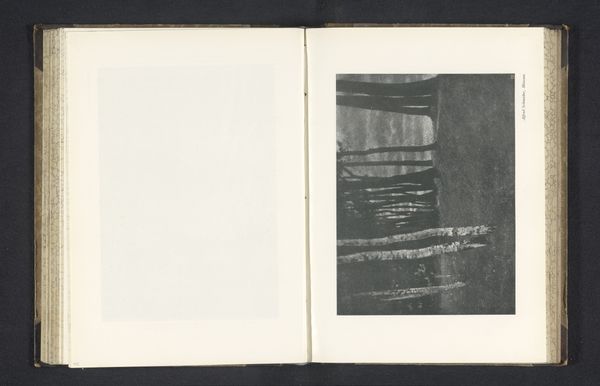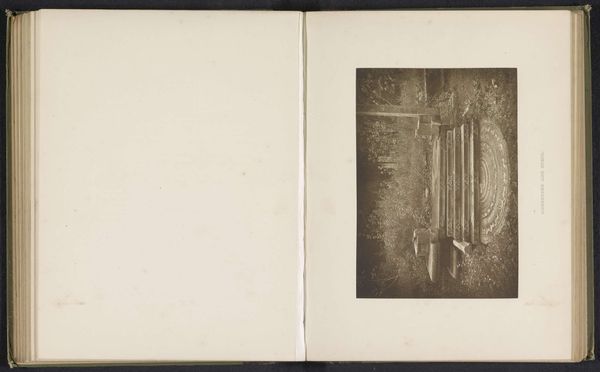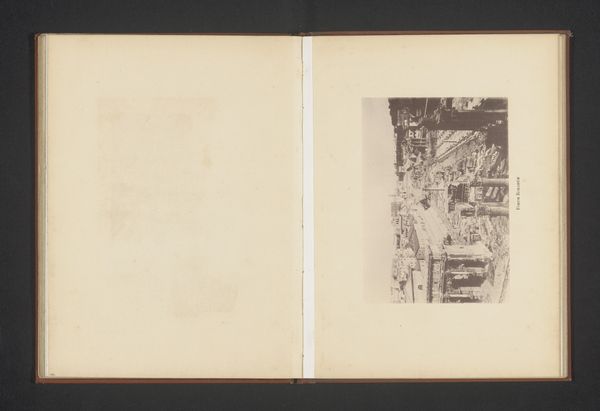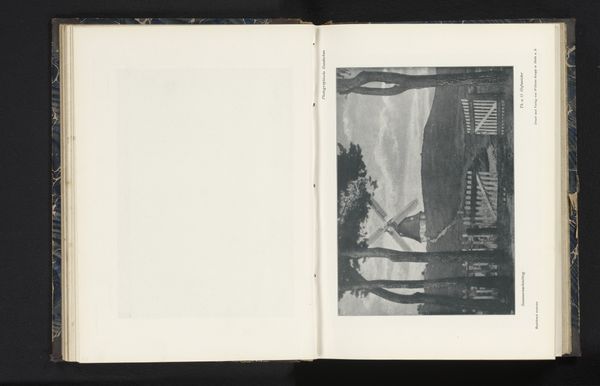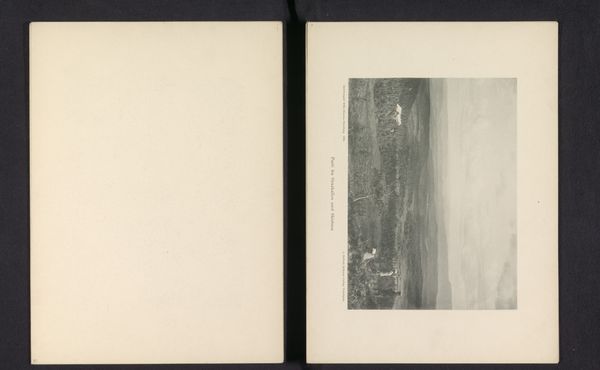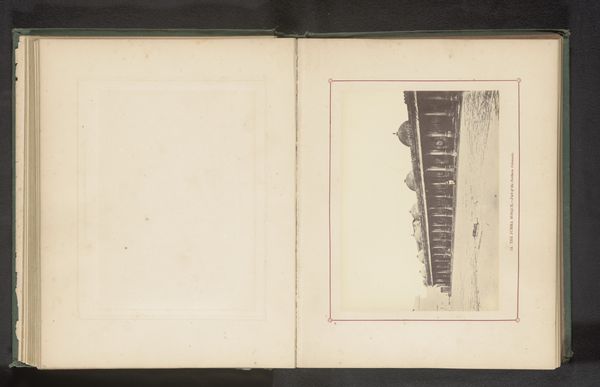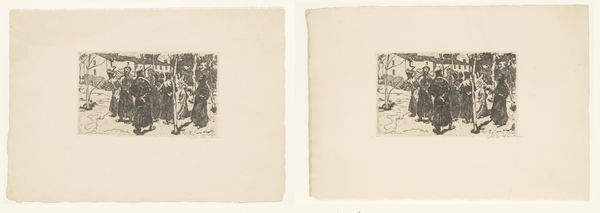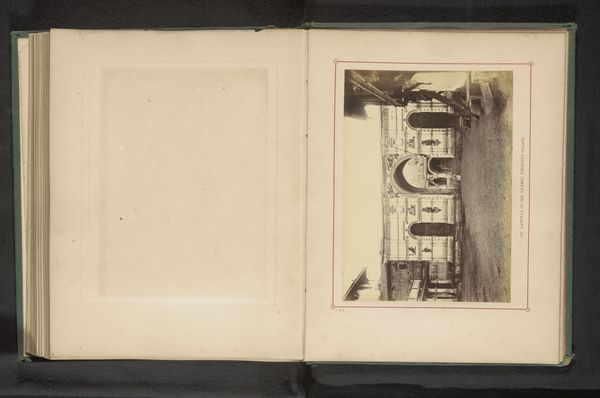
Gezicht op de poort van buitenplaats Vreedenhoff in Nieuwersluis before 1894
0:00
0:00
print, engraving
# print
#
pen sketch
#
sketch book
#
hand drawn type
#
landscape
#
personal sketchbook
#
hand-drawn typeface
#
pen-ink sketch
#
thin linework
#
pen work
#
sketchbook drawing
#
cityscape
#
sketchbook art
#
engraving
#
realism
Dimensions: height 196 mm, width 257 mm
Copyright: Rijks Museum: Open Domain
This anonymous print captures the gate of Vreedenhoff estate in Nieuwersluis, presenting a rather severe gateway flanked by stone pillars. The gate, an archetypal symbol of transition, has carried potent meaning across centuries, from the gates of ancient cities signifying power and protection to the gates of paradise or hell in religious art. Consider the gates in Renaissance paintings, such as those in depictions of the Garden of Eden; they symbolize entry into sacred space but also a point of no return. This notion of transition and psychological threshold resonates even in modern contexts. Think of Kafka's "Before the Law," where the gate represents unattainable access and perpetual waiting. Here, the wrought iron gate, though secular, is presented almost like a proscenium arch, framing the estate within. It speaks to a deep-seated human desire to define space, delineate boundaries, and control access. The viewer is left to ponder: what lies beyond this threshold, and what psychological barriers must one overcome to pass through? The allure of what's hidden, the mystery of the unknown, persists as a timeless motif.
Comments
No comments
Be the first to comment and join the conversation on the ultimate creative platform.

